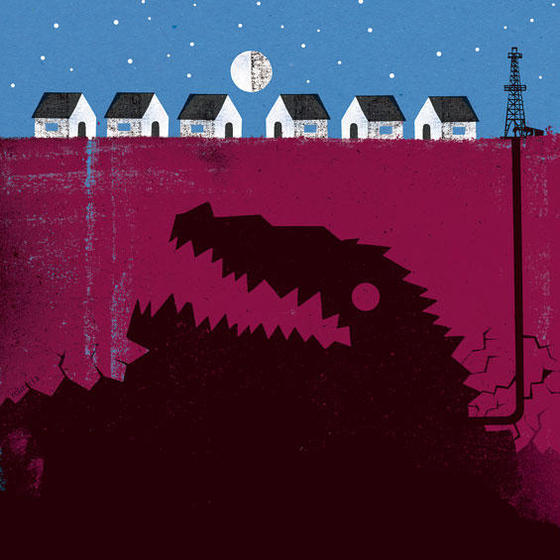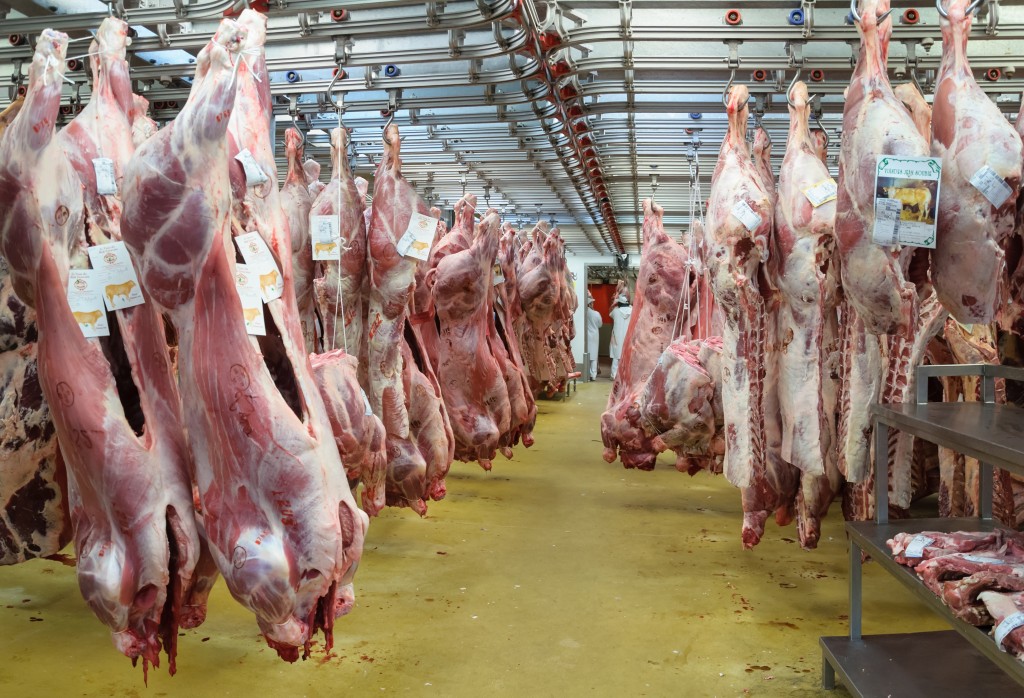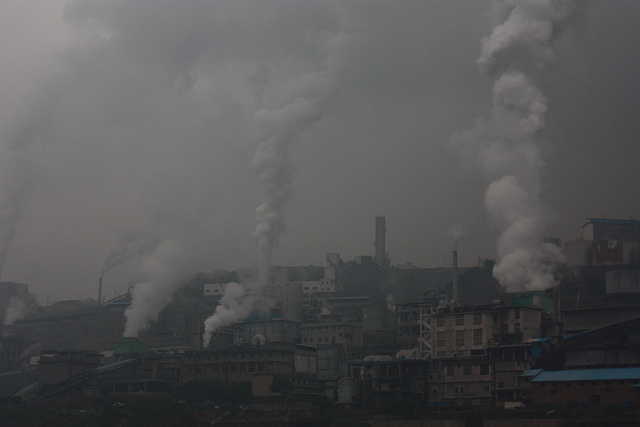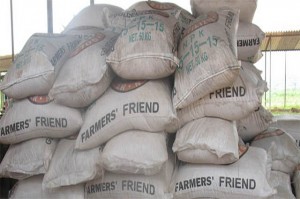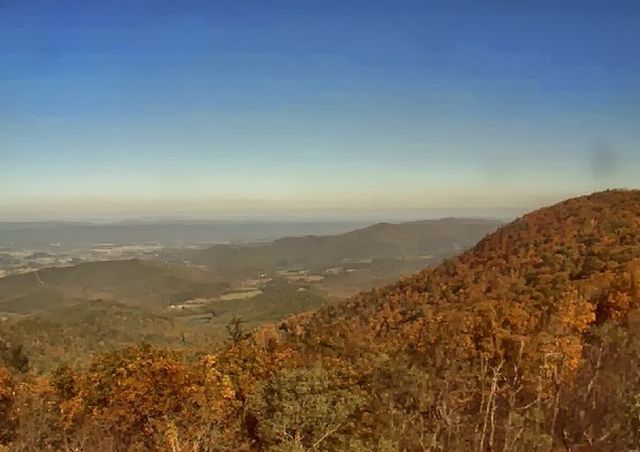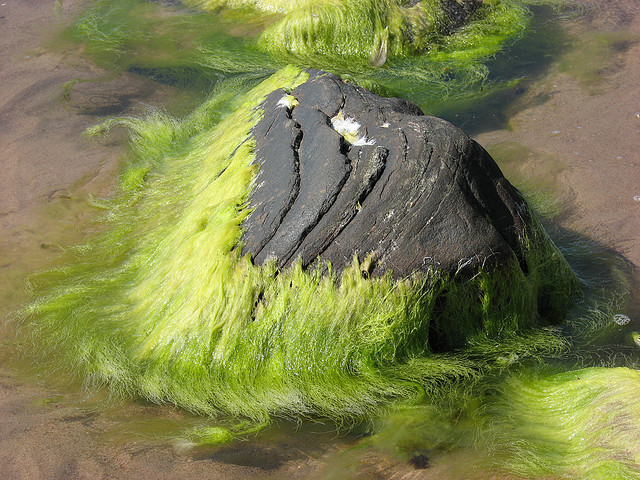Podcast: Play in new window | Download
Subscribe: RSS
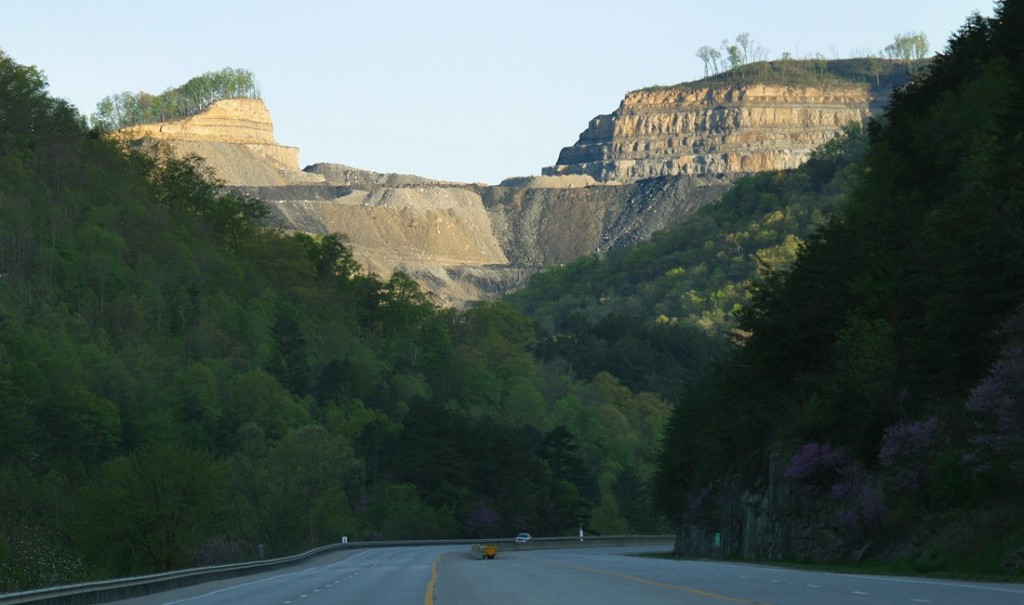
This view of a former mountaintop in Pike County, Kentucky, which is now residing, in the form of dust, in the people who live nearby. Who is breaking the law, the people who did this or the people who protest it? (Photo by iLoveMountains.org/Flickr)
Here is what we have come to in America, nicely encapsulated in two events, one in California, the other in West Virginia. In California, another brazen demonstration that Big Oil is above the law, not merely when its toxic emissions sicken hundreds of people, but when it poisons the law enforcement officers sent to control them. In West Virginia, a clear reminder that should you think to petition your government for the redress of grievances, you may well find yourself below the law, left to ponder the true meaning of the First Amendment to the Constitution (freedom of speech, freedom to assemble, right to petition your government and so forth) in your jail cell. Continue reading
